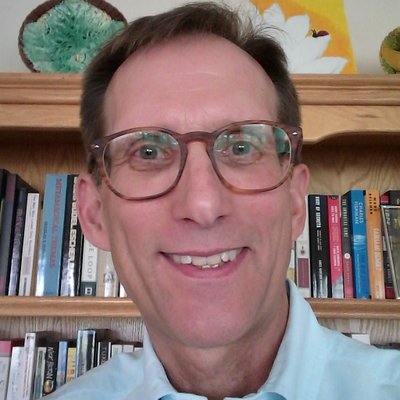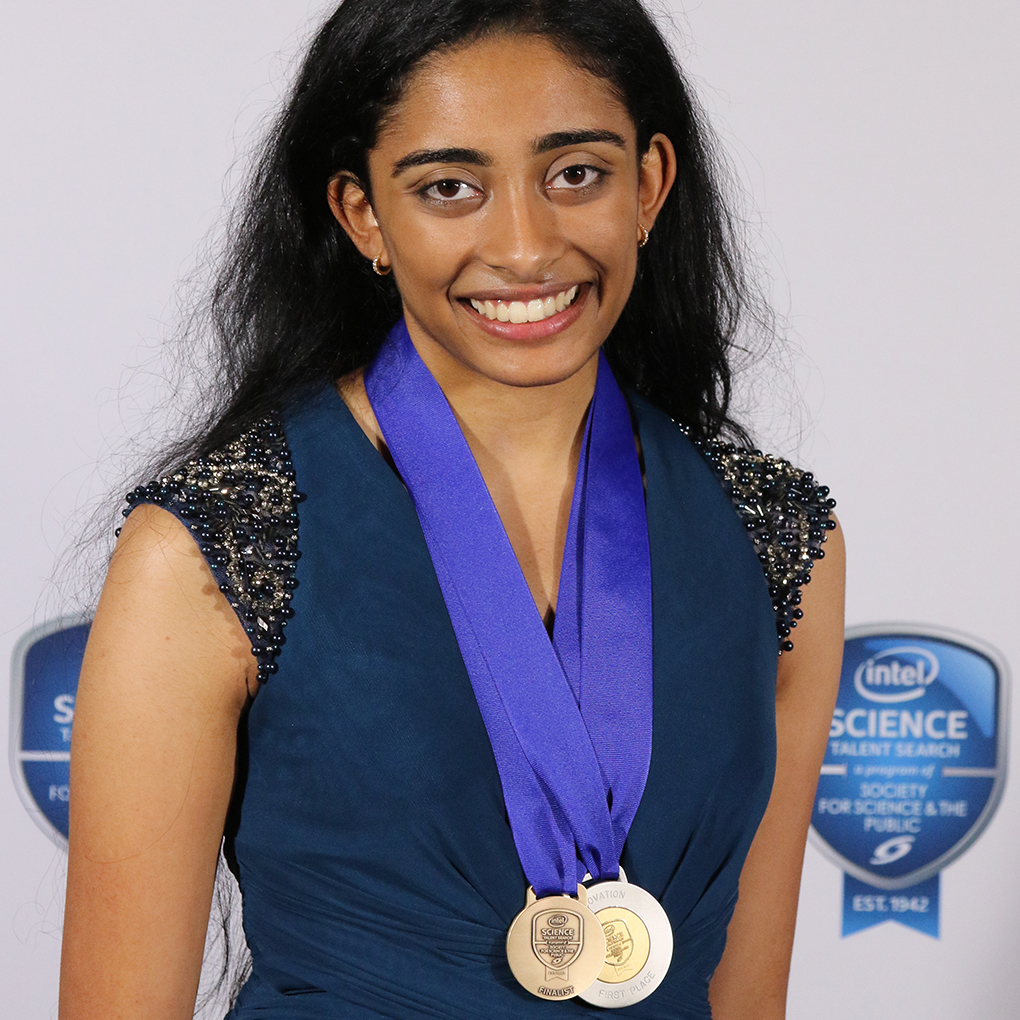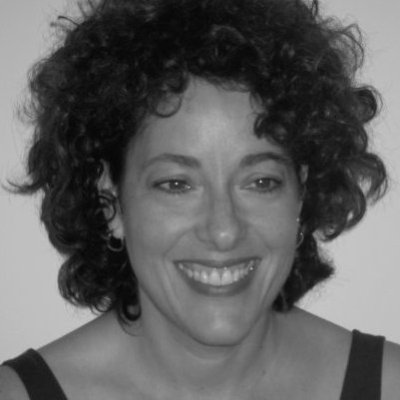 The problem is that hospitals are big and getting bigger, going from building to buildings to campuses. They are expensive and getting more expensive. At some point, we have to ask: is this really how we want to spend our healthcare dollar? Some hospitals are figuring other ways to spend their -- I mean, "our" -- money on our health. Take Nationwide Children's Hospital. Located in a somewhat blighted neighborhood of Columbus (OH), its Healthy Neighborhoods Healthy Families (HNHF) program "treats the neighborhood as the patient," as their summary in Pediatrics put it. The hospital is leading a partnership that has built 58 affordable housing units, renovated 71 homes, given out 158 home improvement projects, and helped spur a 58 unit housing/office development. They've also hired 800 local residents and instituted a jobs training program.
The problem is that hospitals are big and getting bigger, going from building to buildings to campuses. They are expensive and getting more expensive. At some point, we have to ask: is this really how we want to spend our healthcare dollar? Some hospitals are figuring other ways to spend their -- I mean, "our" -- money on our health. Take Nationwide Children's Hospital. Located in a somewhat blighted neighborhood of Columbus (OH), its Healthy Neighborhoods Healthy Families (HNHF) program "treats the neighborhood as the patient," as their summary in Pediatrics put it. The hospital is leading a partnership that has built 58 affordable housing units, renovated 71 homes, given out 158 home improvement projects, and helped spur a 58 unit housing/office development. They've also hired 800 local residents and instituted a jobs training program.
Stanford University
See the following -
17-Year-Old Invents $35 3D Printed Device for Diagnosing Respiratory Diseases
 Not many teens can say they attend an Ivy League school and perhaps even fewer can claim an invention to their name. This is not the case for 17-year-old Maya Varma, an engineering student and intern at Stanford University who has developed a low-cost 3D printed device that can analyze a patient’s breath and help to diagnose pulmonary diseases. Across the globe, hundreds of millions of people suffer from respiratory conditions such as asthma, chronic obstructive pulmonary disease (COPD), chronic bronchitis, emphysema, and restrictive lung disease. In fact, respiratory diseases and infections are the third leading cause of death, after cancer and heart disease...
Not many teens can say they attend an Ivy League school and perhaps even fewer can claim an invention to their name. This is not the case for 17-year-old Maya Varma, an engineering student and intern at Stanford University who has developed a low-cost 3D printed device that can analyze a patient’s breath and help to diagnose pulmonary diseases. Across the globe, hundreds of millions of people suffer from respiratory conditions such as asthma, chronic obstructive pulmonary disease (COPD), chronic bronchitis, emphysema, and restrictive lung disease. In fact, respiratory diseases and infections are the third leading cause of death, after cancer and heart disease...
- Login to post comments
A Bionic Eye That Restores Sight
By bridging the gap between eye and brain, a new device has the capacity to help the blind regain their vision...
- Login to post comments
Aero-Engineers Debut Open-Source Fluid Dynamics Design Application
At a recent demonstration, the Stanford team debuted "Stanford University Unstructured" (SU2), an open-source application that models the effects of fluids moving over aerodynamic surfaces such as fuselages, hulls, propellers, rotors, wings, rockets and re-entry vehicles. Read More »
- Login to post comments
Apple Is Quietly Working on Turning Your iPhone into the One-Stop Shop for All Your Medical Info
Imagine turning to your iPhone for all your health and medical information — every doctor's visit, lab test result, prescription and other health information, all available in a snapshot on your phone and shared with your doctor on command. No more logging into hospital websites or having to call your previous doctor to get them to forward all that information to your new one. Apple is working on making that scenario a reality...
- Login to post comments
Cardiologist Eric Topol on Why We Need to Map the Human Body and “Go Deep” with Big Data
 This year’s Big Data in Biomedicine conference included a passionate talk from cardiologist Eric Topol, MD, of The Scripps Research Institute. Topol, who has been named one of the most influential physician leaders in the United States, described in gripping detail what’s wrong with medical care today and why we need to move forward to the kind of individualized medicine that can make for healthier individuals and healthier populations...
This year’s Big Data in Biomedicine conference included a passionate talk from cardiologist Eric Topol, MD, of The Scripps Research Institute. Topol, who has been named one of the most influential physician leaders in the United States, described in gripping detail what’s wrong with medical care today and why we need to move forward to the kind of individualized medicine that can make for healthier individuals and healthier populations...
- Login to post comments
Documents Reveal How Poultry Firms Systematically Feed Antibiotics To Flocks
Major U.S. poultry firms are administering antibiotics to their flocks far more pervasively than regulators realize, posing a potential risk to human health. Internal records examined by Reuters reveal that some of the nation’s largest poultry producers routinely feed chickens an array of antibiotics – not just when sickness strikes, but as a standard practice over most of the birds’ lives...
- Login to post comments
First, We Tear Down All the Hospitals
- Login to post comments
Four PLOS authors receive 2016 Breakthrough Prize in Life Sciences
 Through the Breakthrough Prize – initiated and funded in 2012 by Bay Area biotechnology innovators, social media venture capitalists and successful internet entrepreneurs – outstanding scientists working in the fields of life sciences, fundamental physics and mathematics receive recognition, money and a bit of glamour. This year, four of the five scientists awarded a $3 million Breakthrough Prize in Life Sciences chose to publish some of their work in Open Access journals over the course of their careers. In so doing, Edward S. Boyden, Karl Deisseroth, John Hardy and Svante Pääbo ensure their research is available for distribution, discovery and reuse, introducing opportunities for all scientists to build on their discoveries...
Through the Breakthrough Prize – initiated and funded in 2012 by Bay Area biotechnology innovators, social media venture capitalists and successful internet entrepreneurs – outstanding scientists working in the fields of life sciences, fundamental physics and mathematics receive recognition, money and a bit of glamour. This year, four of the five scientists awarded a $3 million Breakthrough Prize in Life Sciences chose to publish some of their work in Open Access journals over the course of their careers. In so doing, Edward S. Boyden, Karl Deisseroth, John Hardy and Svante Pääbo ensure their research is available for distribution, discovery and reuse, introducing opportunities for all scientists to build on their discoveries...
- Login to post comments
Free software models how humans move
An open source software application modeling human motion is helping medical professionals and bioengineers study, diagnose, and correct abnormalities in how people move. Read More »
- Login to post comments
Google launches Project Bloks, a New Open Hardware Platform for Teaching Kids to Code
 Google today announced Project Bloks, a new open hardware platform that allows developers, designers and educators to build physical programming experiences that can help kids (5+) learn to code. While Google worked together with design firm IDEO to build a reference kit, the idea here is to provide a platform that others can use to build their own devices. Google’s team provides the basics of the platform, but the team tells me that it doesn’t currently plan to build its own retail version...
Google today announced Project Bloks, a new open hardware platform that allows developers, designers and educators to build physical programming experiences that can help kids (5+) learn to code. While Google worked together with design firm IDEO to build a reference kit, the idea here is to provide a platform that others can use to build their own devices. Google’s team provides the basics of the platform, but the team tells me that it doesn’t currently plan to build its own retail version...
- Login to post comments
Health Data Should Belong to Patients, Topol Argues
The digital revolution’s merging of medicine with high tech has unleashed massive amounts of data about the most intimate details of our life — what we ate, how far we walked, how fast our heart beat. As a result, what constitutes health data is no longer so easily defined. Neither is how the information is used. With rise of machine learning, those questions are becoming increasingly urgent, especially with the move of high tech companies into the clinical sphere, according to health data transparency advocate Dr. Eric Topol...
- Login to post comments
How Congress Ignored Science and Fueled Antibiotic Resistance
The study was being conducted by Dr. Stuart B. Levy, a researcher in Boston. Levy was 36 in 1974. He was the son of a family doctor from Delaware and had grown up accompanying his father on house calls and discussing cases afterward. He was a faculty member at Tufts University School of Medicine, in a part of Boston that is gentrified now but was cheap and seedy then, and he had taken a circuitous route to get there, studying first literature, then medicine, and then microbiology in Italy and France...
- Login to post comments
How Technology Democratised Development
Over the coming weeks, A Matter of Life and Tech will feature a range of voices from people helping to build Africa’s tech future. This week, mobile innovator Ken Banks argues that technology has become a vital tool in the fight against poverty. Read More »
- Login to post comments
Kitware Receives DARPA Funding to Develop a Visualization Design Environment
The project seeks to provide researchers with a suite of visualization tools for deeper understanding of complex, large-scale data. Read More »
- Login to post comments
Kitware to Enhance the Visualization Toolkit (VTK)
New NIH funding for the enhancement and refactoring of the Visualization Toolkit will modernize the platform to maintain its position as the industry standard for advanced medical data visualization. Read More »
- Login to post comments